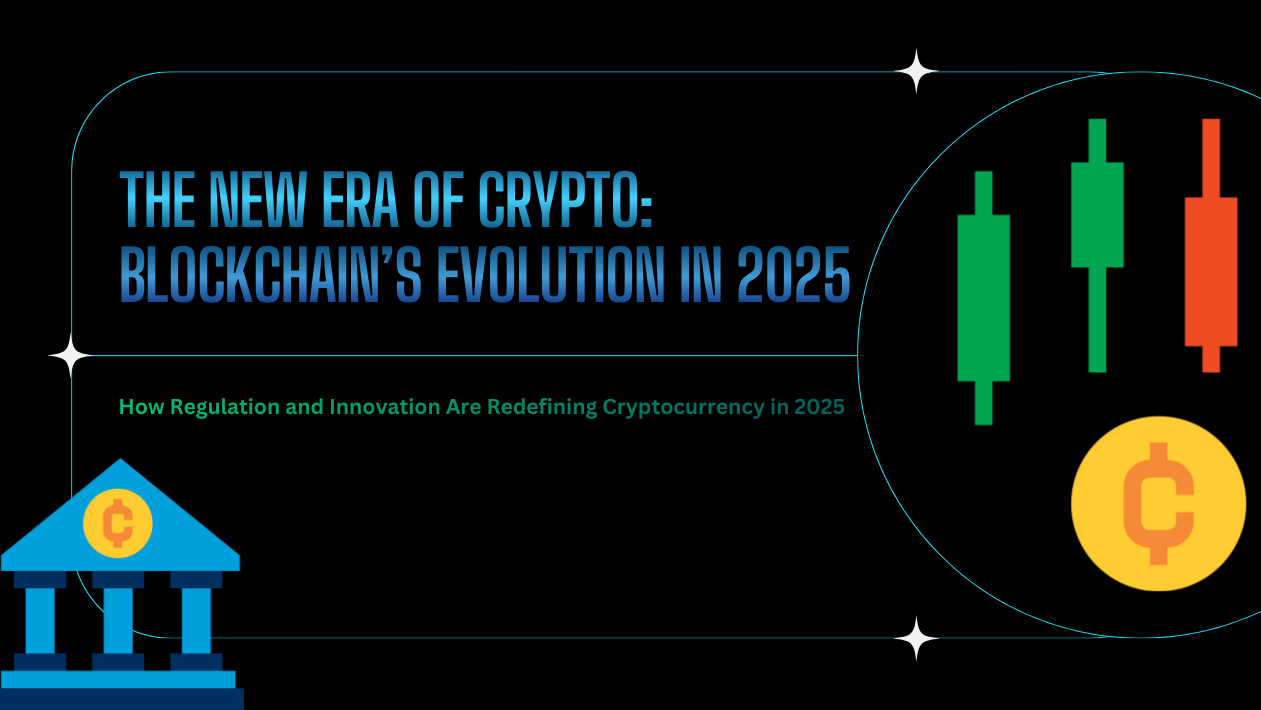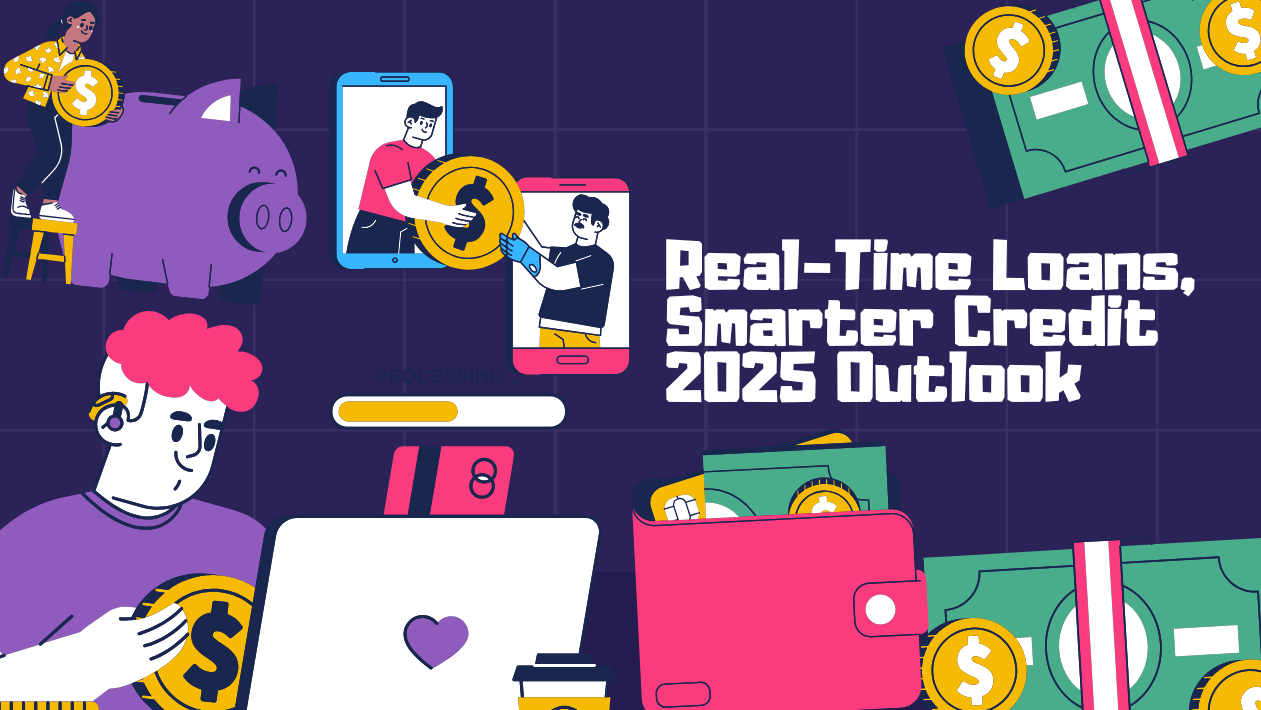The global Insurtech sector in 2025 is at a pivotal moment, transforming how insurance is distributed, priced, and serviced. With the rise of AI-driven underwriting, real-time data, and embedded insurance, traditional models are giving way to smarter, faster, and more personalized experiences for consumers and businesses alike.
AI-Powered Underwriting Becomes the New Norm
Thanks to advancements in machine learning and predictive analytics, insurers are automating underwriting at unprecedented scale. Algorithms now analyze data from wearables, telematics, and smart devices to deliver instant policy approvals, dynamic pricing, and risk scoring with far greater accuracy than manual processes.
Startups like Lemonade, Zego, and Hippo have set the benchmark, while incumbents are rapidly modernizing their tech stacks to keep up.
Embedded Insurance Gains Momentum Across Industries
In 2025, embedded insurance—where coverage is offered as part of a product or service—is everywhere. From e-commerce checkouts to ride-hailing apps and even airline tickets, insurance is now a native, frictionless part of the buying experience.
According to Bain & Company, embedded insurance could account for 25% of all personal insurance sales by 2027.
Blockchain and Smart Contracts Bring Trust and Transparency
Blockchain is enabling parametric insurance—where claims are automatically triggered by data events (e.g., flight delays, weather disasters)—and cutting down fraud and settlement time. Smart contracts eliminate paperwork and provide instant payouts, particularly in agriculture, travel, and natural catastrophe coverage.
Customer Experience Now Front and Center
With Gen Z and Millennials expecting mobile-first solutions, insurers are redesigning digital experiences. Chatbots, self-service portals, and virtual agents are now standard, while AI-driven assistants help users find, compare, and manage policies easily.
Insurtechs are also using sentiment analysis and NLP to improve customer communication and reduce churn.
Usage-Based and On-Demand Insurance Surge
Flexible models like pay-per-mile auto insurance, short-term travel coverage, and gig economy income protection are in high demand. By leveraging real-time data and IoT, insurers can now tailor policies to exact usage, improving both affordability and profitability.
Regulators Adapt to the Digital Insurance Age
Governments and regulators worldwide are updating laws to support digital insurance models, improve data privacy standards, and enable sandbox testing for startups. The EU Digital Insurance Act and India’s IRDAI sandbox program are encouraging innovation while safeguarding consumers.
Outlook: From Risk Mitigation to Risk Prevention
In 2025, Insurtech is no longer just about selling policies—it’s about preventing risk. With proactive insights, connected ecosystems, and AI-enabled predictions, insurers are becoming risk partners, not just risk managers.





